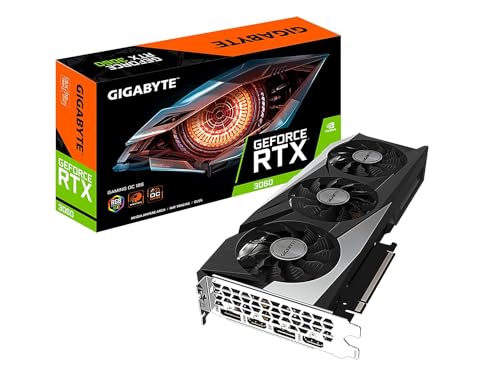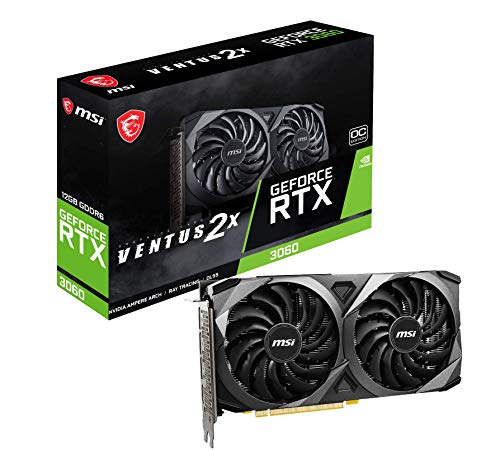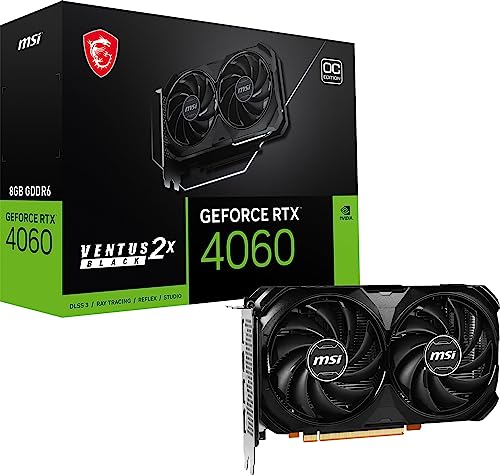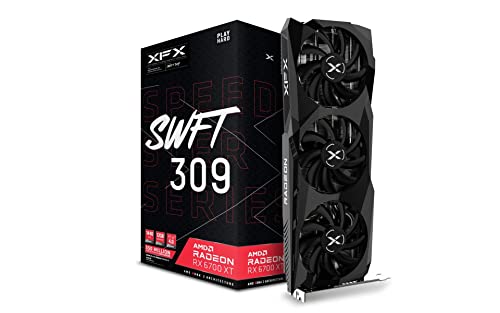### Introduction
Ray tracing has emerged as a breakthrough in rendering technology, offering lifelike visuals with realistic illumination, shadows, and reflections. Next‑generation GPUs are now equipped with dedicated ray tracing cores that, when combined with AI‑assisted techniques, deliver real‑time rendering of complex scenes. This article explores the technological innovations in GPU ray tracing, its transformative impact on graphics, and the advantages it brings to gaming and content creation.
### Technological Innovations
- **Dedicated Ray Tracing Cores:**
Modern GPUs from NVIDIA and AMD include specialized cores designed exclusively for ray tracing calculations, enhancing the realism of reflections and global illumination.
- **AI‑Powered Upscaling (DLSS & FidelityFX):**
Deep learning techniques enable lower‑resolution frames to be upscaled to higher resolutions, maintaining image quality while reducing computational load.
- **Improved Shader and Memory Architectures:**
Enhanced processing pipelines and high‑bandwidth memory interfaces allow GPUs to handle the demanding workloads of ray tracing without bottlenecks.
- **Real‑Time Global Illumination:**
Algorithms now compute complex lighting interactions at real time, significantly improving the visual fidelity of dynamic scenes.
### Applications and Benefits
- **Immersive Gaming:**
Gamers enjoy more realistic and immersive environments, where lighting, reflections, and shadows respond dynamically to in‑game events.
- **Professional Rendering:**
Content creators benefit from faster rendering times and enhanced image quality for films, animations, and 3D designs.
- **Increased Visual Accuracy:**
Enhanced ray tracing capabilities lead to a more detailed and true‑to‑life presentation, crucial for design, simulation, and multimedia production.
- **Competitive Advantage:**
The combination of advanced ray tracing and AI upscaling delivers superior performance, giving both gamers and professionals a competitive edge.
### Future Directions
Looking ahead, AI‑driven ray tracing technologies will continue to evolve, enabling even more efficient rendering and lower power consumption. Future GPUs may integrate deeper neural network support for better optimization and further reduce latency in real‑time rendering, paving the way for next‑generation immersive experiences.
### Keywords
GPU ray tracing, real‑time rendering, DLSS, FidelityFX, AI‑assisted graphics, immersive visuals, global illumination, advanced GPU, high‑performance rendering
Advancements in GPU Ray Tracing
Pushing the Limits of Real‑Time Rendering
Related Articles
Essential High-Performance PC Components You Need Now
Upgrade your setup with the must-have parts for unbeatable gaming and productivity
Top Picks for Best High-Performance PCs
Find the perfect power machine for gaming, work, or creative projects
Your Guide to the Best High-Performance PCs
Find the Right PC for Your Gaming and Creative Needs
View our related products
See more






